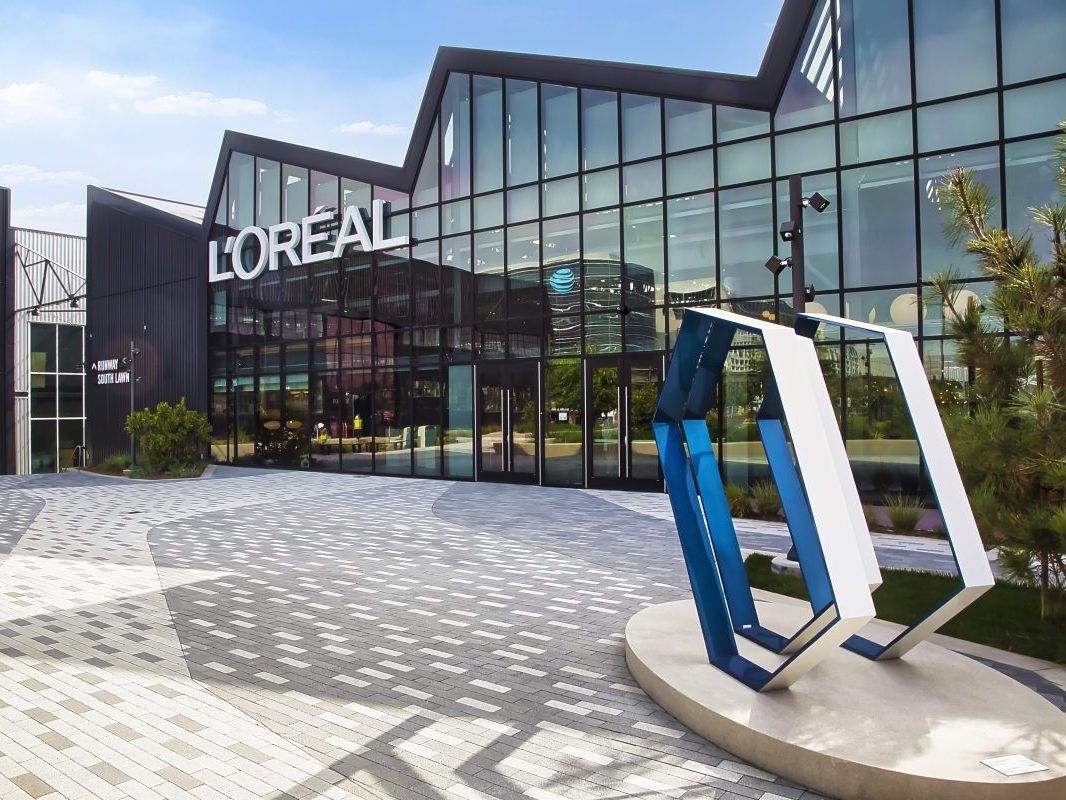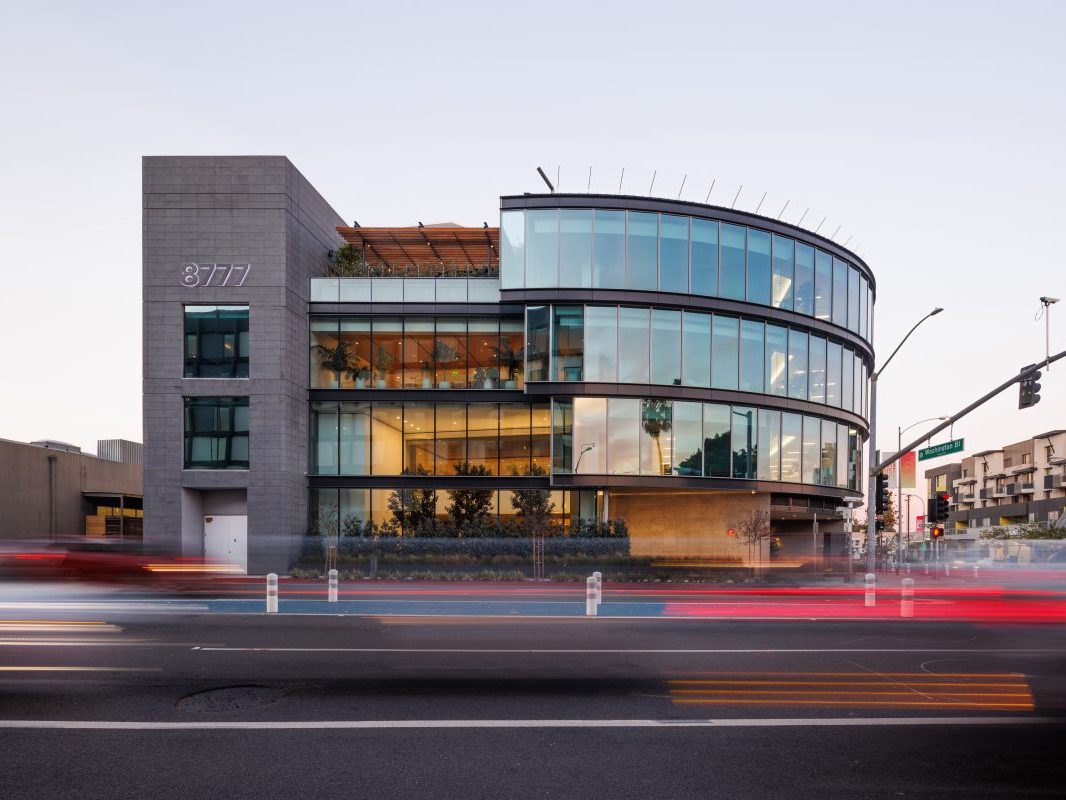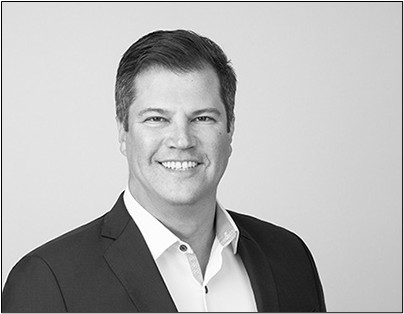Getting in the Game of Right-Sizing Office Portfolios: A Lincoln Property Exec’s Perspective
Harnessing data and collecting feedback are key to navigating challenges in a pressurized office market, observes Terence Kirk.

Over the past four years, corporate occupiers across the country have had to find ways to right-size their office portfolios and adjust to the disruption caused by hybrid work models and the constantly evolving workplace.
Today, the traditional office market is going through a significant transformation, with occupiers of all sizes constantly looking to adapt their office footprints to the new work landscape, where flexibility and efficiency are paramount.
We talked to Lincoln Property Co. Executive Vice President Terence Kirk—who leads the firm’s global Account Advisory team, overseeing transaction management, portfolio strategy and consulting for corporate occupiers—about the power of harnessing data before making any decision and how actively listening to clients can inform the right solutions to sizing office portfolios today for the years ahead.
READ ALSO: Where Office Work Is Heading Now
How would you describe the current office environment in one word?
Kirk: Volatile. Broadly speaking, corporate occupiers are in all phases of figuring out what hybrid works means for them. Some are in the ninth inning and well into implementation mode, while others are just stepping into the batter’s box. The capital markets environment in the office sector has been and will continue to be challenging. Perhaps most important, is the amount of office stock in the country that has effectively become obsolete after the pandemic. There is an entire subsection of the office market that high quality credit tenants simply will not entertain or occupy. These are some of the factors that have created a volatile environment.
How do economic factors and market conditions influence corporate real estate decisions?

Kirk: There are a variety of factors. However, one that has materially changed how office users view their occupancy in the past 12 to 18 months is the rise in their cost of capital and the overall capital constraints that are being pushed out across businesses in virtually all sectors. This has been particularly magnified with the current commercial real estate capital markets landscape whereby landlords are having challenges funding fit-outs. I’m getting calls weekly from our clients saying ‘I was just notified my building in market X just went into receivership, what should I do?’
So what are you advising your clients? What key factors should corporate occupiers consider when evaluating their space needs and right-sizing their office portfolios?
Kirk: Keying in and finding an equilibrium between their supply, meaning portfolio of leased and owned real estate, and where their current employees are located as well as where they see their workforce in the future. This can be somewhat predictable for some sectors but very lumpy and difficult to forecast for others. This information, or lack thereof, should ultimately drive portfolio, location and space strategy.
READ ALSO: How Tech Tenants Grapple With Return-to-Office, Costs
What are some common challenges you hear about from other companies or clients about adapting their office space needs to the hybrid work model?
Kirk: For many organizations, the concept of a hybrid model has been brand new to them in the past four years. The devil is in the details and, more specifically, the data. Understanding your base case is critical, but most companies’ CRE and HR functions weren’t set up to capture the right information in a pre-pandemic environment.
The critical phase is to create a plan or roadmap to enable the capture of data that will properly inform long-term decisions. Yes, in many cases it requires a relatively modest investment today, but the long-term ROI is substantial. Almost as important, talk to your advisors or find advisors who can help you design a roadmap and synthesize it in this new environment.
What are the risks and benefits of adopting flexible models for large companies and occupiers?
Kirk: This has been a growing trend in recent years, but it has always been a strategy utilized by the best CRE functions for organizations of all shapes and sizes. The primary risk of building more flexibility into your portfolio strategy has typically been around cost. What do these options cost? What do these flex seats cost me per full-time equivalent vs. a traditional lease structure? These are still the same questions our clients ask us and we ask them.
With that said, what is the point of having a flexible portfolio? It’s the ability to pivot quickly and remain adaptive to support the overall growth of the business in a rapidly changing environment. In recent years, this ‘flexibility cost’ has been very well worth it.
READ ALSO: Quality Is the Future of Office, Says KBS Executive
Your company has a sizeable portfolio, especially in property and asset management. What strategies have you employed to adapt to the changing work environment?

Kirk: We’ve done a great deal of listening. No one organization is the same, even within the same sector. We’ve harnessed an enormous amount of information, both qualitative and quantitative. For example, there may be very specific trends that are associated with the ‘big law’ sector broadly and some different but equally specific trends that are associated with how companies utilize office space in the southeastern geography of the U.S. Our overarching approach and strategy are to listen to our clients and create solutions bespoke to them.
If listening and collecting feedback are so helpful when it comes to meeting companies’ workplace needs, how can occupiers also engage employees and other stakeholders in the decision-making process?
Kirk: Start early. I can’t overstate how valuable a high level of engagement early in the process with your stakeholders will be for your results. In this rapidly changing office landscape, an organization will potentially go through 10 different iterations of a workplace model in several year periods based on lessons learned. If the same organization engaged with its people early and effectively, they may have only needed to go through five iterations and would have accomplished the results in half the time.
Based on your experience, what advice would you give to companies looking to right-size their real estate portfolios in today’s market?
Kirk: Organize and harness your data. The office has changed more in the past four years than it has in the past 40 years. Find a partner who is thoughtful and can bring your company’s real estate strategy into the future. Begin the ‘test and iterate’ process. Very few—if any—organizations will get it right on the first pass. The ones who started four years ago are far better off than the ones who started this year. Get in the game!







You must be logged in to post a comment.